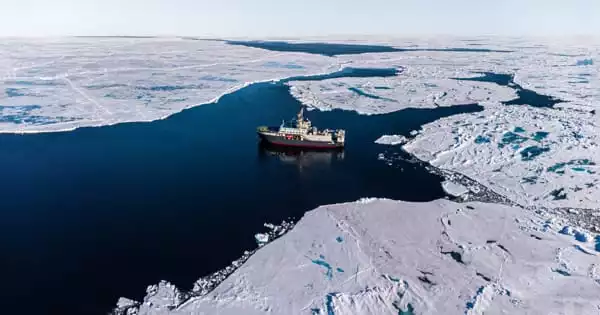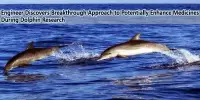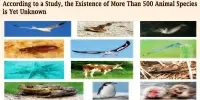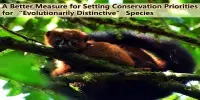The first comprehensive image of the world ocean biodiversity, based on DNA sequence research from the surface to deep-ocean sediments, reveals the rich and unknown life in the abyssal domain, the Earth’s last unexplored territory. This collaboration was made possible by 15 worldwide deep-sea expeditions, including MARUM scientists.
Despite covering more than 60% of the Earth’s surface, the deep-ocean floor is the least investigated environment on the planet. Life in abyssal sediments, ranging from benthic animals to bacteria, helps to recycle and/or sequester sinking (in)organic debris originating in pelagic communities dominated numerically by microscopic plankton. Thus, benthic ecosystems support two significant planetary ecosystem services: the healthy functioning of ocean food webs and the burial of carbon on geological timeframes, both of which are critical regulators of the Earth’s climate.
Researchers from the Norwegian Research Centre (NORCE), the Bjerknes Centre for Climate Research, the University of Geneva, as well as the CNRS/Genoscope and IFREMER in France, have massively sequenced eukaryotic DNA contained in deep-sea sediments from all major oceanic basins, and compared these new data to existing global-scale plankton datasets from the sunlit and dark water columns, obtained by the Tara Oceans and Malaspina circumglob This is the first unified view of the entire ocean eukaryotic biodiversity, from the surface to the deep-ocean sediment, allowing marine ecological questions to be addressed at a global scale and across the ocean’s three-dimensional space for the first time, representing a significant step towards “One Ocean ecology.”
We compared our deep-sea benthic DNA sequences to all known eukaryotic reference sequences. Our findings show that nearly two-thirds of this benthic diversity cannot be assigned to any known group, revealing a significant gap in our understanding of marine biodiversity.
Professor Jan Pawlowski
“With nearly 1700 samples and two billion DNA sequences from the surface to the deep-ocean floor worldwide, high-throughput environmental genomics vastly expands our capacity to study and understand deep-sea biodiversity, its connection to the water masses above, and the global carbon cycle,” says Tristan Cordier, lead author of the study and researcher at NORCE and Bjerknes Centre for Climate Research in Norway.
What lives in this dark and hostile environment?
It was feasible to identify indigenous benthic creatures from sinking plankton that had reached the seabed from the upper water column by comparing sediment DNA sequences with those from pelagic realms. The findings suggest that benthic biodiversity could be three times greater than in the water masses above, and that this diversity is made up of quite distinct taxonomic species, the majority of which are undiscovered.
“We compared our deep-sea benthic DNA sequences to all known eukaryotic reference sequences. Our findings show that nearly two-thirds of this benthic diversity cannot be assigned to any known group, revealing a significant gap in our understanding of marine biodiversity” Jan Pawlowski, Professor at the University of Geneva’s Department of Genetics and Evolution and the Polish Academy of Sciences’ Institute of Oceanology in Sopot, agrees.
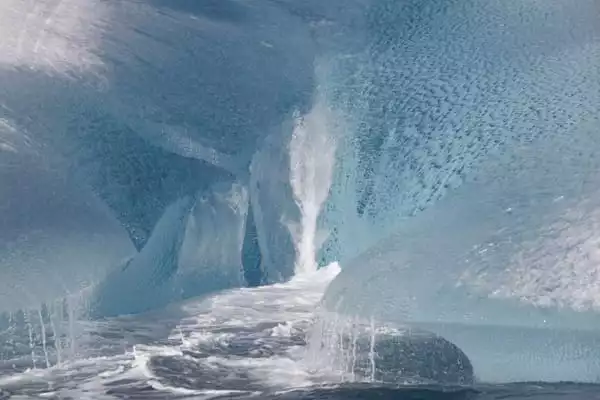
What can plankton DNA in deep-sea sediments tell us?
The amount and type of plankton DNA in deep-sea sediments confirmed that polar regions are carbon-sequestration hotspots. Furthermore, the content of plankton DNA in sediments predicts changes in the intensity of the biological pump, an ecosystem process that transfers atmospheric carbon dioxide into the deep ocean, so controlling global climate.
“For the first time, we can identify which individuals of plankton communities are contributing the most to the biological pump, which is undoubtedly one of the most essential ecosystem processes in the seas,” says Colomban de Vargas, CNRS researcher in Roscoff, France.
How will the deep-sea be impacted by global changes?
This genomic dataset is the first to provide a consistent view of the entire eukaryotic diversity in the current ocean. It provides a unique opportunity to reconstruct ancient oceans from the DNA contained in the cumulative sediment record, to assess how climate has impacted plankton and benthic communities in the past.
“Our data will not only answer global-scale concerns about marine eukaryote biodiversity, biogeography, and connectivity. It may also be used to reconstruct the previous operation of the biological pump using old sedimentary DNA archives. It would therefore provide information on its future strength in a warmer ocean, which is critical for modeling the future carbon cycle in the face of climate change “Tristan Cordier adds.
“Our findings underscore the critical necessity of deep-sea biodiversity studies. Unknown creatures abound in ocean-floor sediments and must play an important role in ecological and biogeochemical processes. A better understanding of this rich diversity is critical if we are to protect these vast, relatively pristine ecosystems from the effects of future human incursions and to understand the effects of climate change on them” Andrew J. Gooday, Emeritus Fellow at the National Oceanography Centre in Southampton, who was also involved in the study, concludes.
